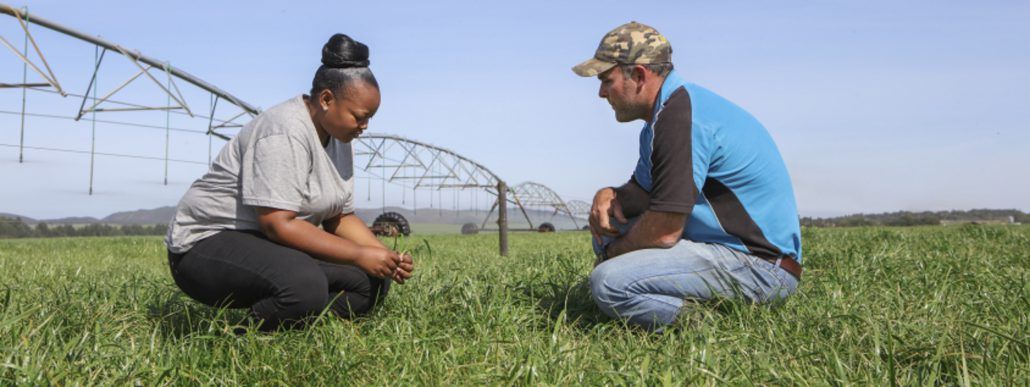After photosynthesis, symbiosis was probably the most drilled-in topic in my high school biology class. Symbiosis describes the biological interaction between different organisms. There are different types of these interactions, such as, but not limited to, commensalism, parasitism and mutualism.
Commensalism is a relationship that is beneficial to one organism, without resulting in any harm or benefit to the other organism1. Parasitism, on the contrary, benefits the one organism but causes the other harm1. Mutualism is a relationship that benefits both organisms1, and in a perfect world, is the ideal relationship.
On the pasture-based dairy farms that we work on, mutualism is the kind of relationship that we strive for. On these farms, the land is the biggest asset, as most of the feed is grown from the soil, so it only makes sense the farmer should treat it as such. Farmers implement management practices that encourage conditions allowing for thirsty and hungry soils to hold more water and nutrients. In turn, the farmer benefits from the land by getting lush grass to feed his cattle. By improving the soil, the farmer not only directly benefits himself, but there is also a societal benefit through the removal of atmospheric carbon, storing it back in the soil (read more here). We too, as consumers, can be part of this mutualistic relationship. By supporting our local farmers (read more here) we can also benefit.
References:
- https://en.wikipedia.org/wiki/Symbiosis (Accessed 27 October 2017)
- Meet Adele Bain: The trendsetting, animal-loving dairy farmer - 2017-12-05
- Breaking the wind for increased pasture wellbeing - 2017-11-30
- Mutualism:What benefits the land, benefits us - 2017-10-30

